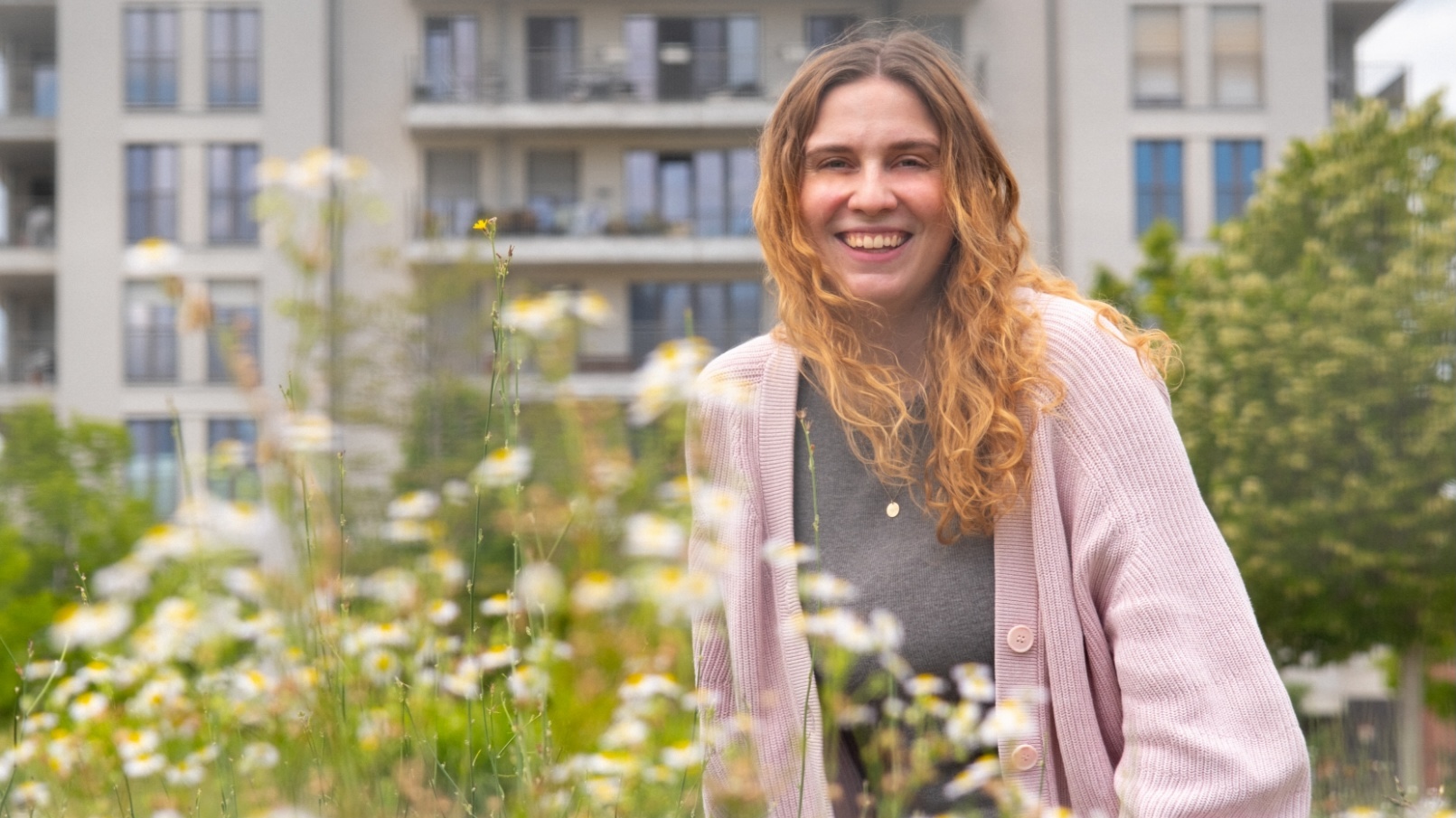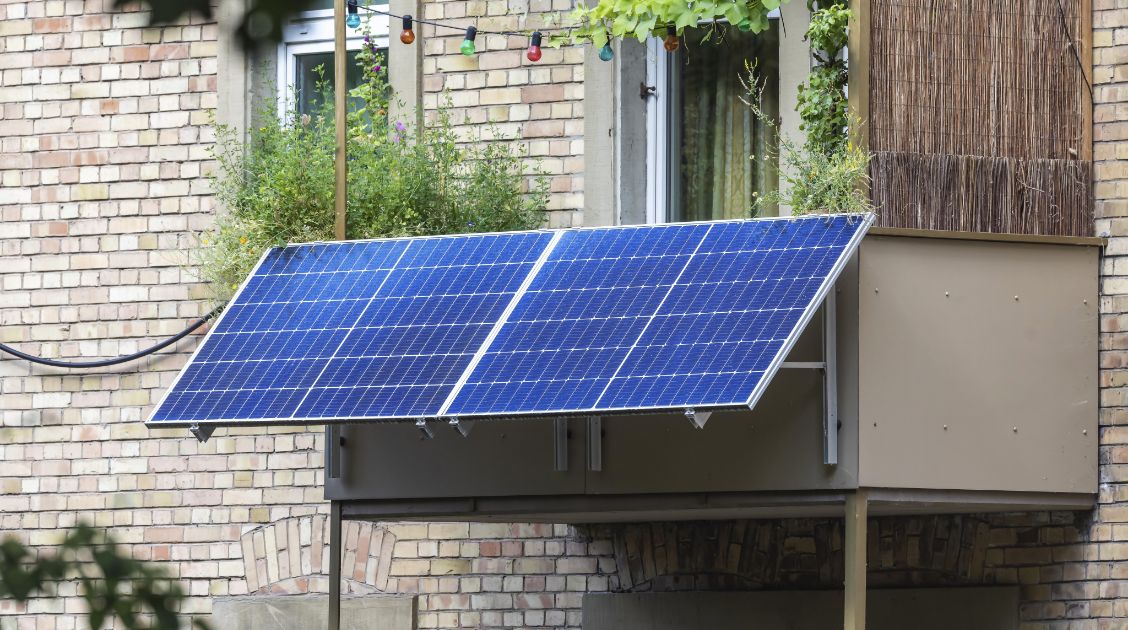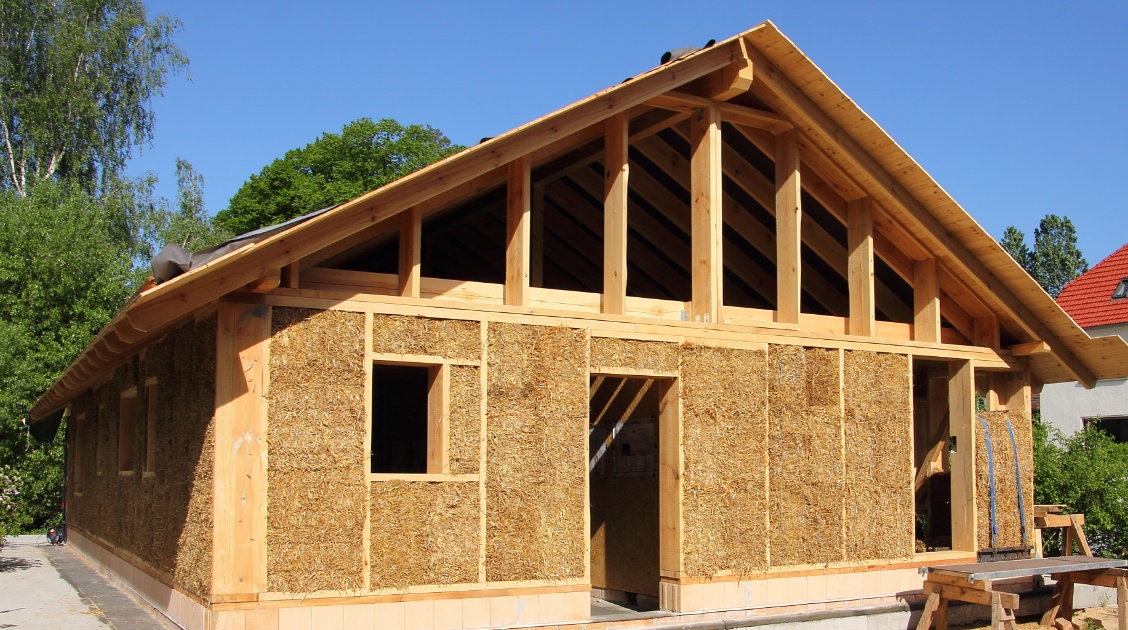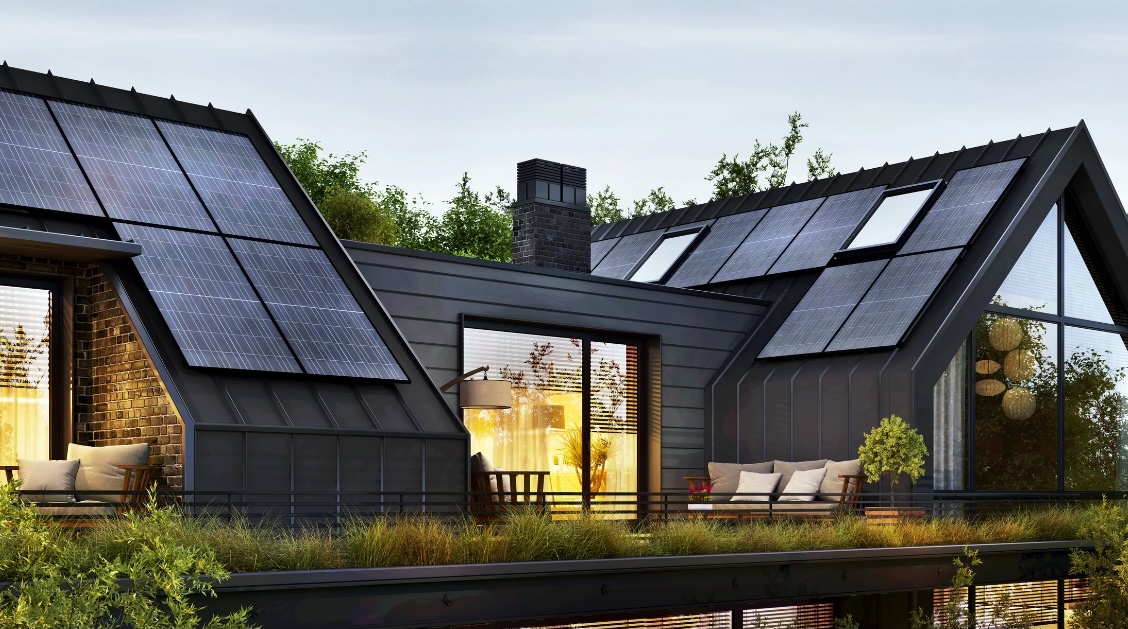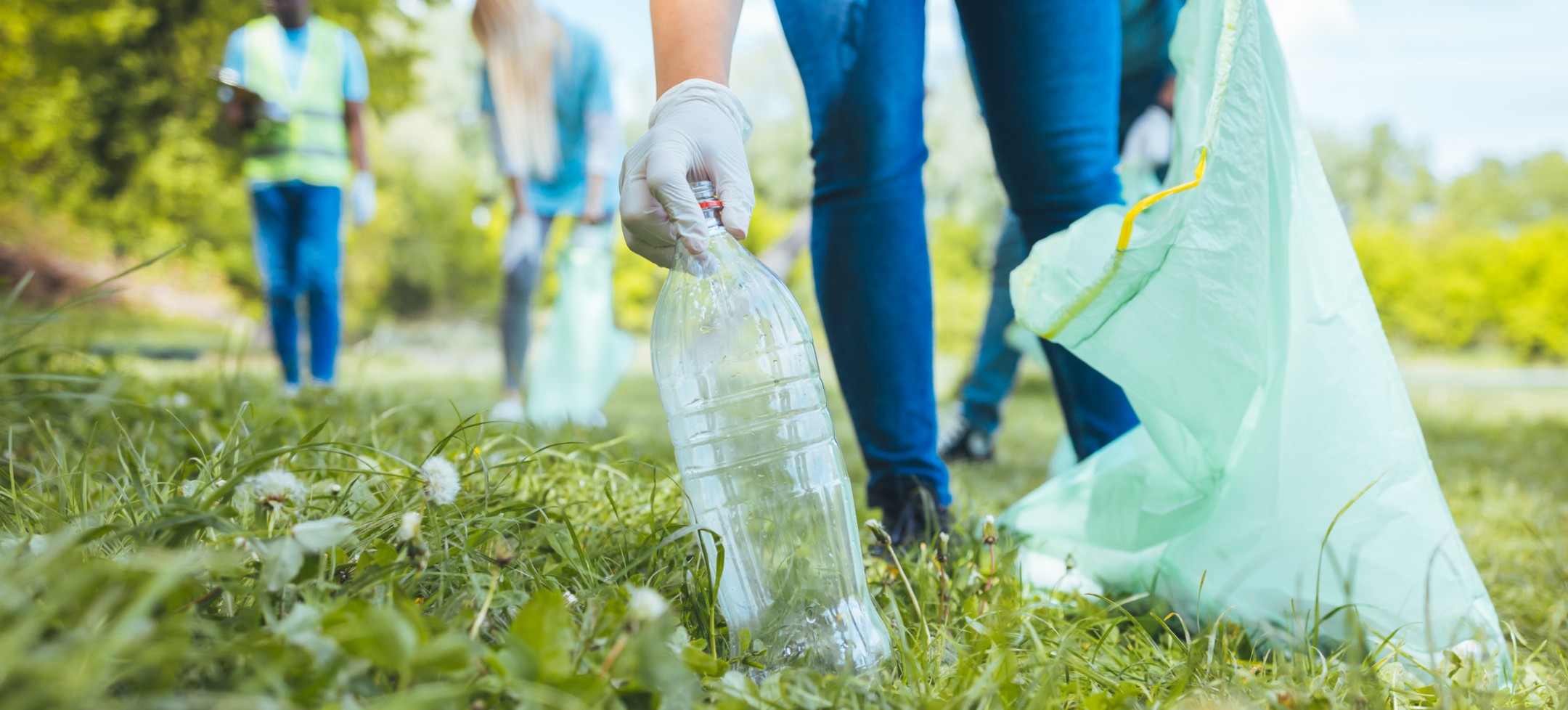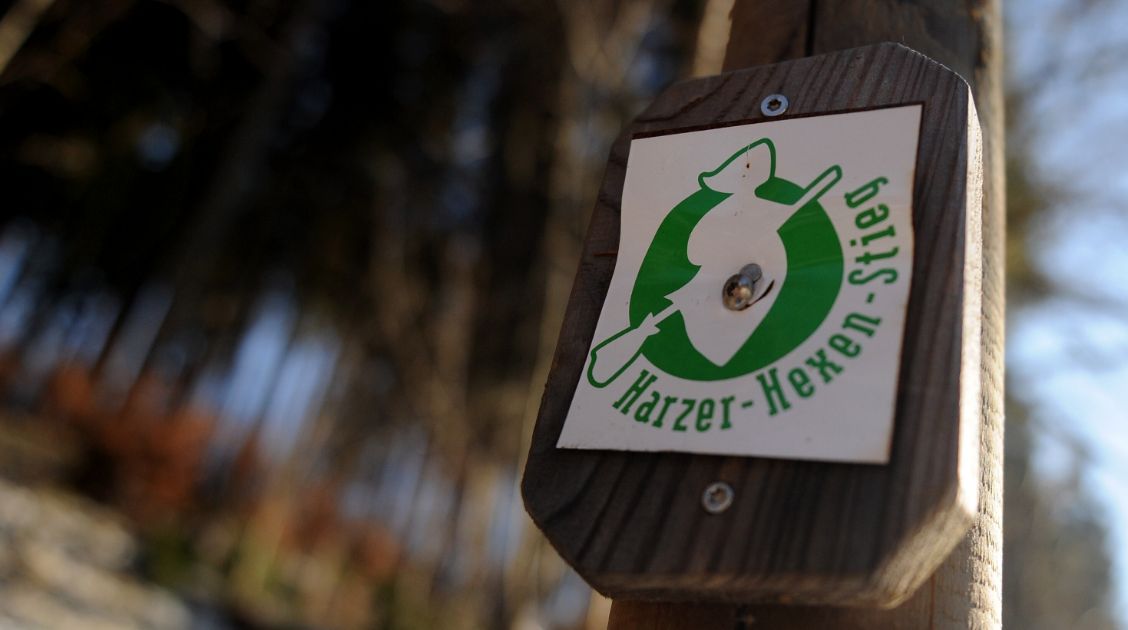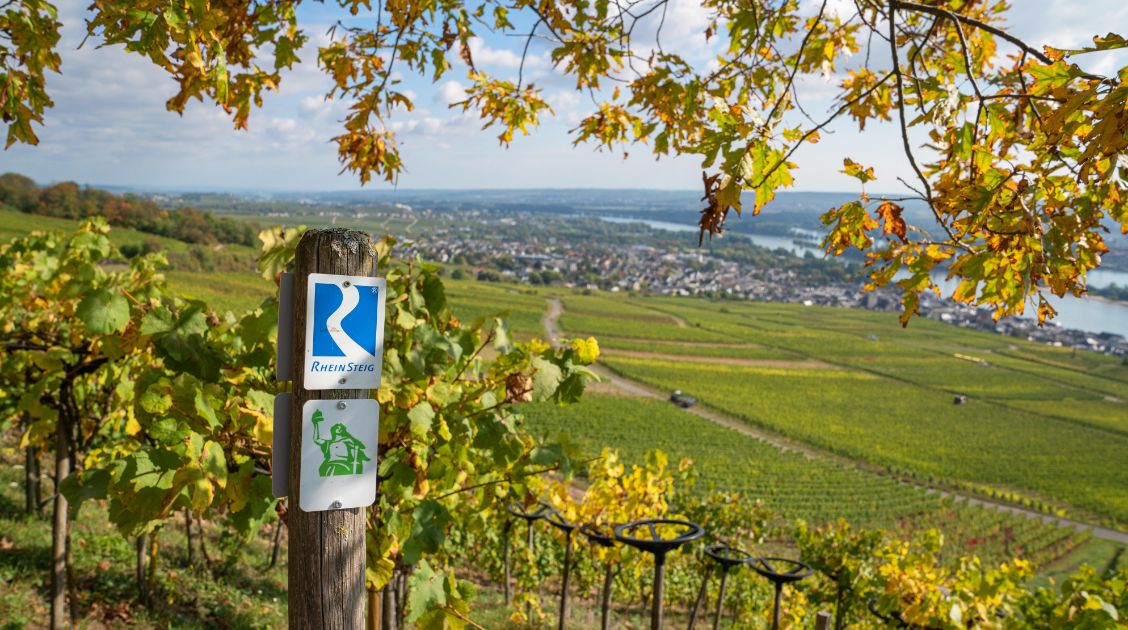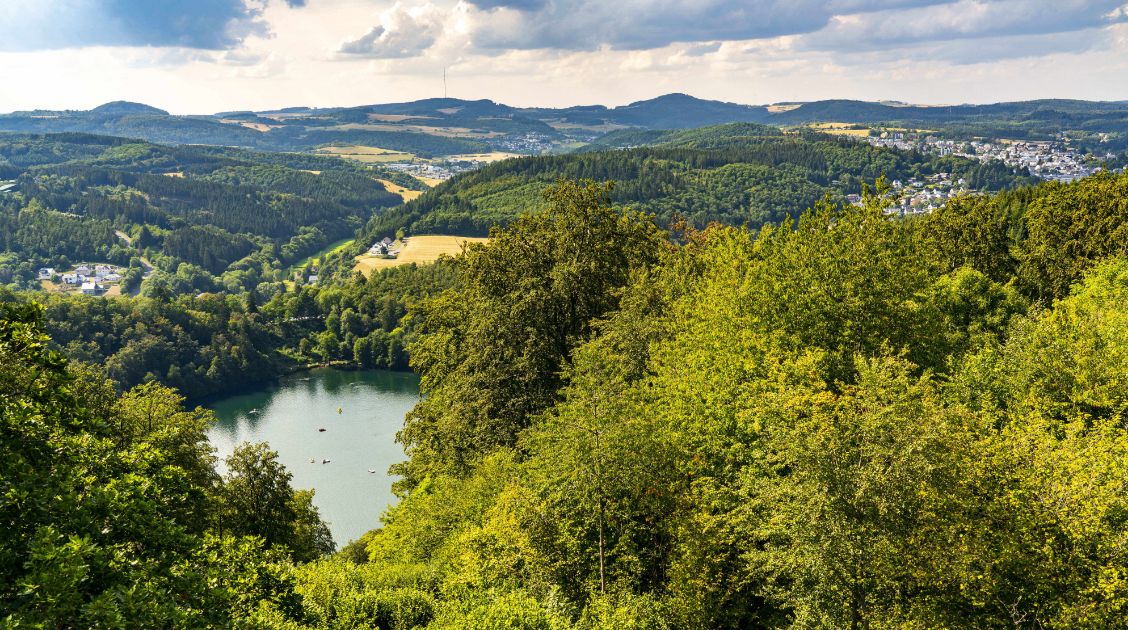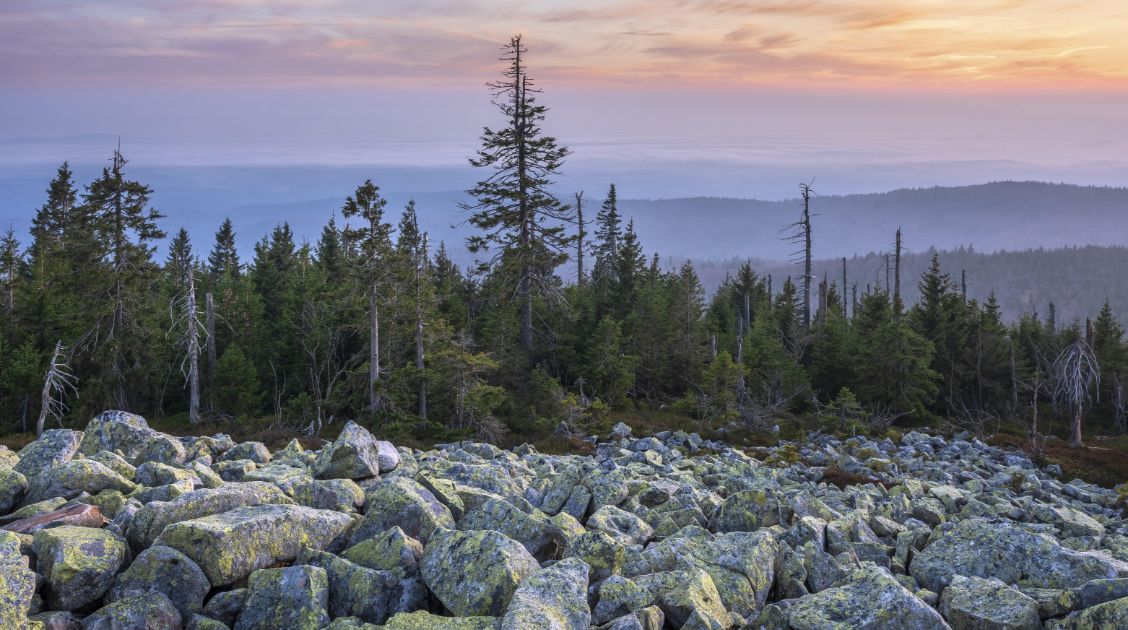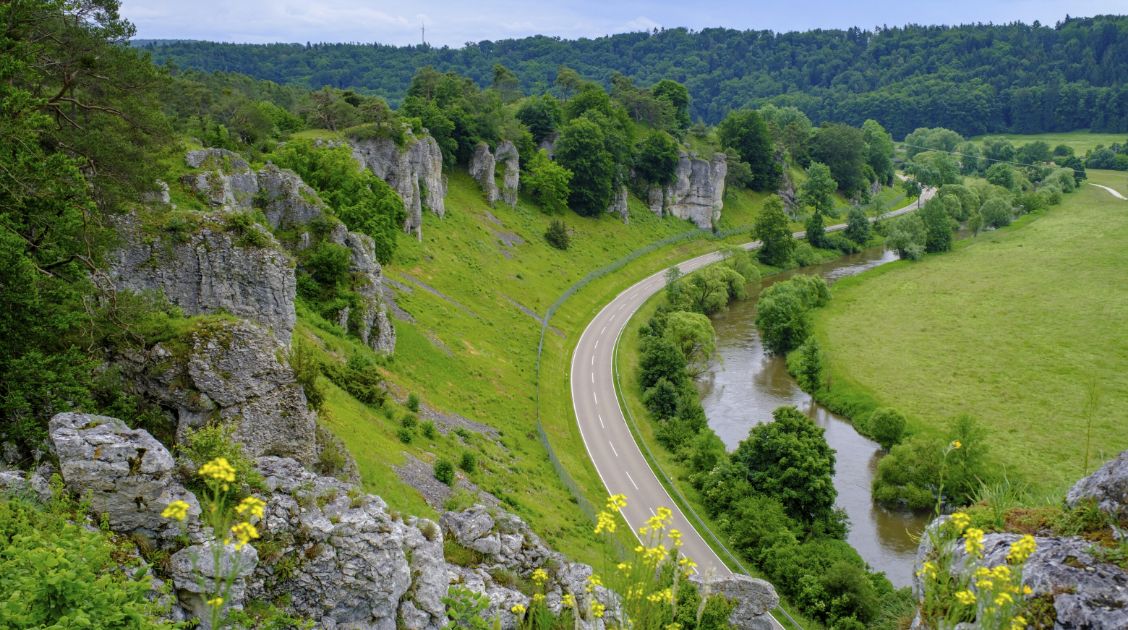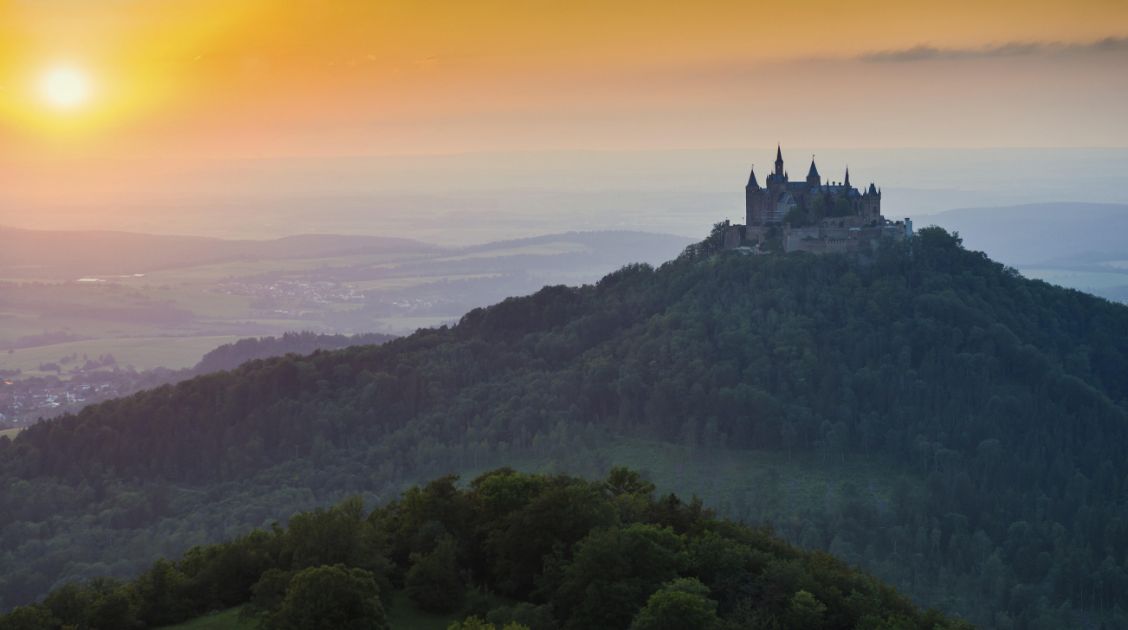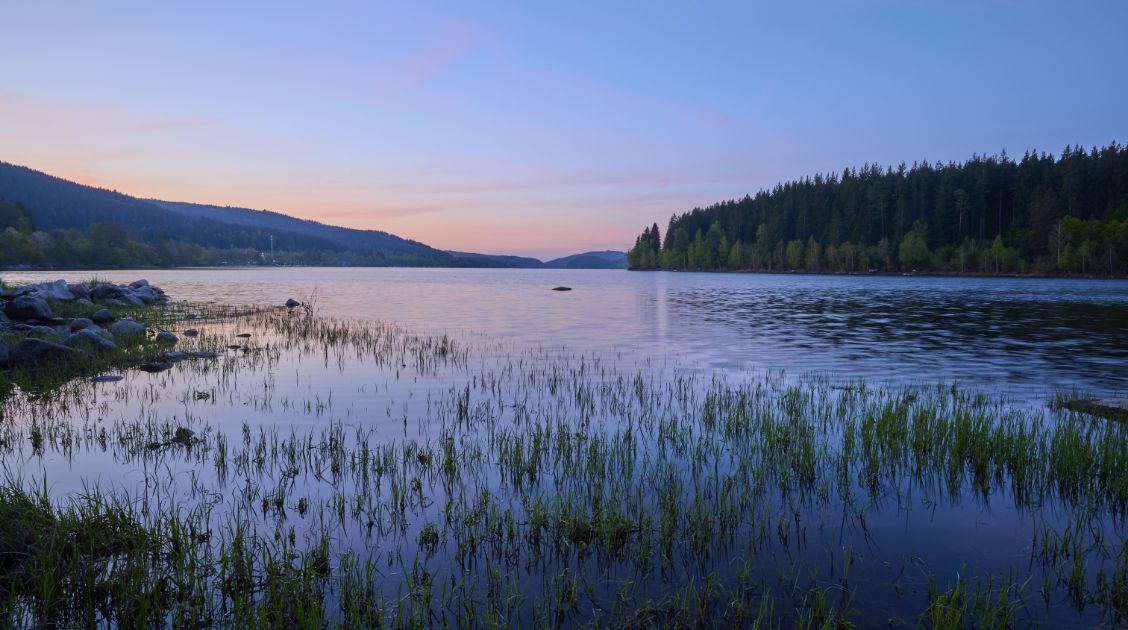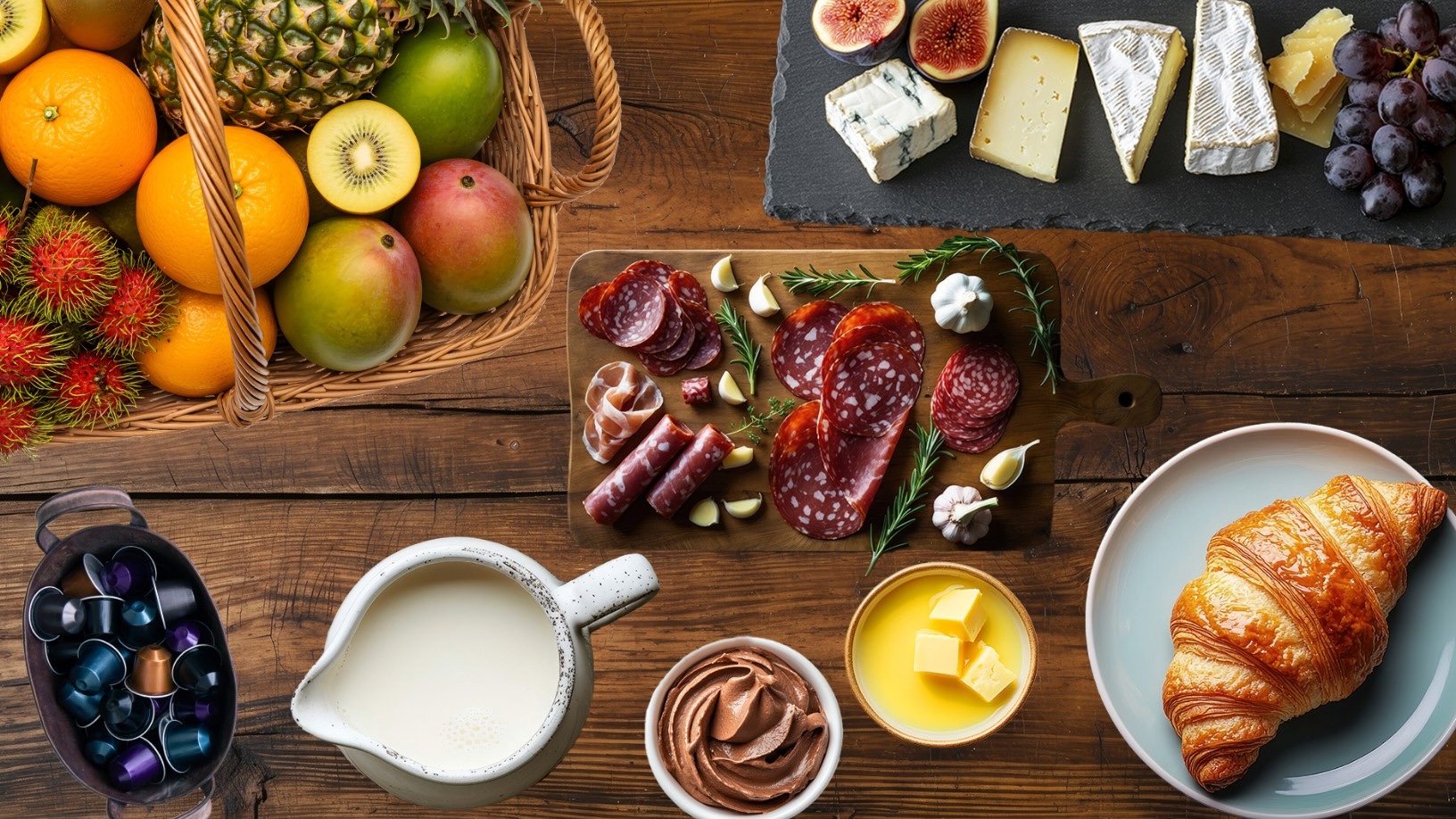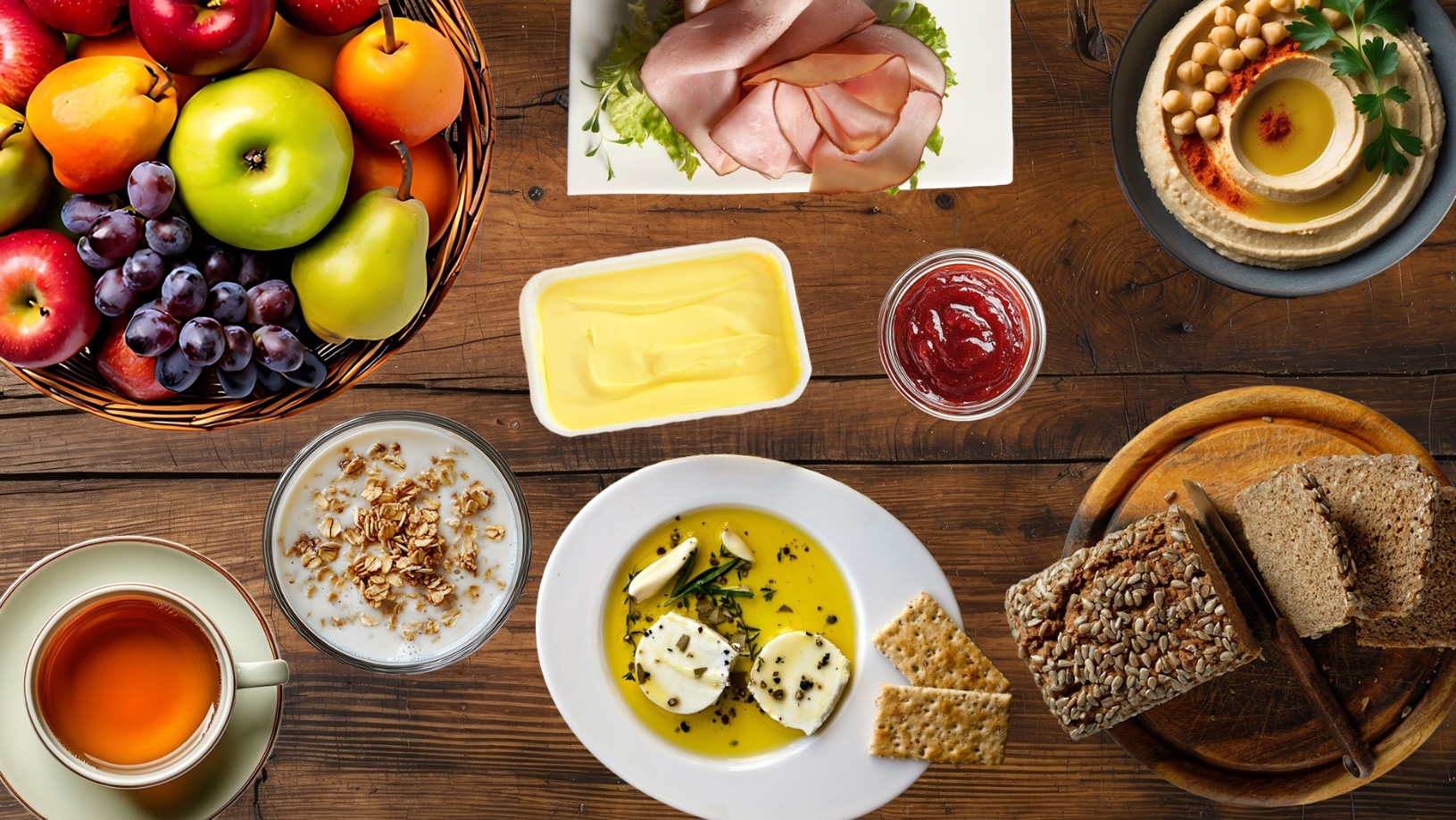Chapter
- Monday A greener work life
- Tuesday Sustainable living
- Wednesday Reducing resource use in everyday life
- Thursday Recycling waste
- Friday Consciously exploring the world
- Saturday A garden for us and nature
- Sunday Enjoying food with a clear conscience
- A week of sustainable living #LivingResponsibly
Sustainability in everyday life
#LivingResponsibly
By Hannes Bader, Kim Berg, Christina Henning, Anabell Krebs and Anja Leuschner
Cycling to work, buying regional fruit and vegetables and using green electricity - we present some great ideas for how to make your day-to-day life more sustainable. Christina spent a week testing them out and checking what tips there are and how easily they can be put into practice.
Monday A greener
work life
My week of sustainable living begins at the office. I take the train to work every morning - my employer offers a special “job ticket” for local public transport. I buy myself a coffee in a returnable mug from the bakery at the station. I can return the mug at the canteen later thanks to a Germany-wide deposit system.
My employer and I believe that it is important to make office life as climate-neutral as possible. Carbon emissions generated by office materials, heating or travel are identified and then offset by supporting a climate protection project.

My colleague Lisa has more ideas for making daily work life more sustainable, however.
I also pay attention to my carbon footprint on a small scale: I eat only vegan food at the canteen and try to minimise my use of resources while working. I hardly print anything out, and if I do have to, I use old documents as printer paper.
Shutting down my laptop rather than just closing it, and not leaving it plugged in all the time, are things I also had to get used to at first. It’s a good way of working more energy efficiently.
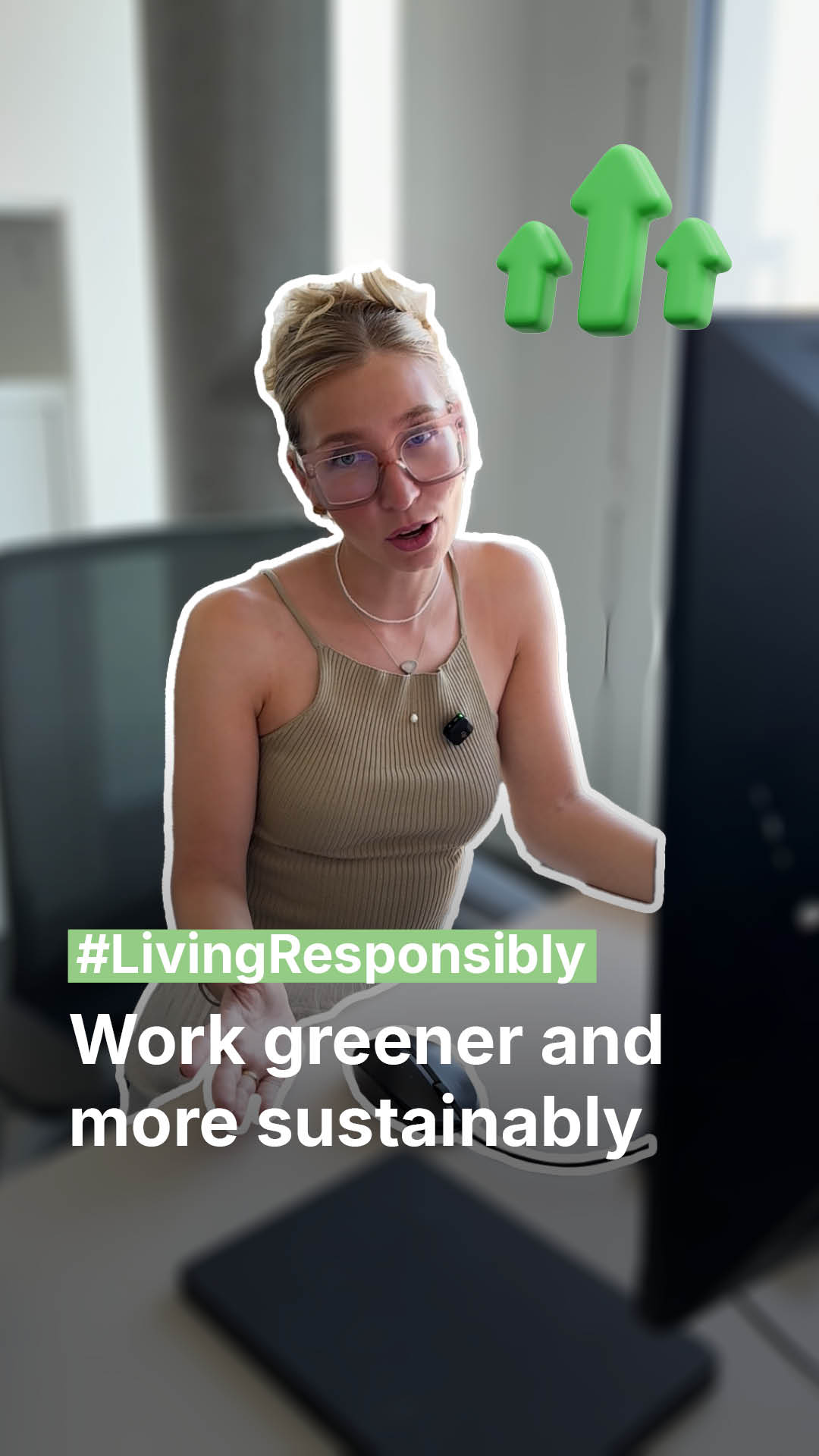
Tuesday Sustainable living
I live in a shared flat because I believe that a sustainable lifestyle involves everyone occupying as little living space as possible. This saves resources and helps preserve nature. There are lots more ways to make a home environmentally friendly, however - especially when building houses. In Germany funding is even available to support sustainable building.
Wednesday Reducing resource use
in everyday life
After work I meet friends for a picnic in the park. We all bring something to eat in reusable containers and we all have our own picnic plates - so there is hardly any rubbish to throw away at the end. After the picnic we tidy everything away and take it with us. We enjoy spending time in nature but without polluting it.
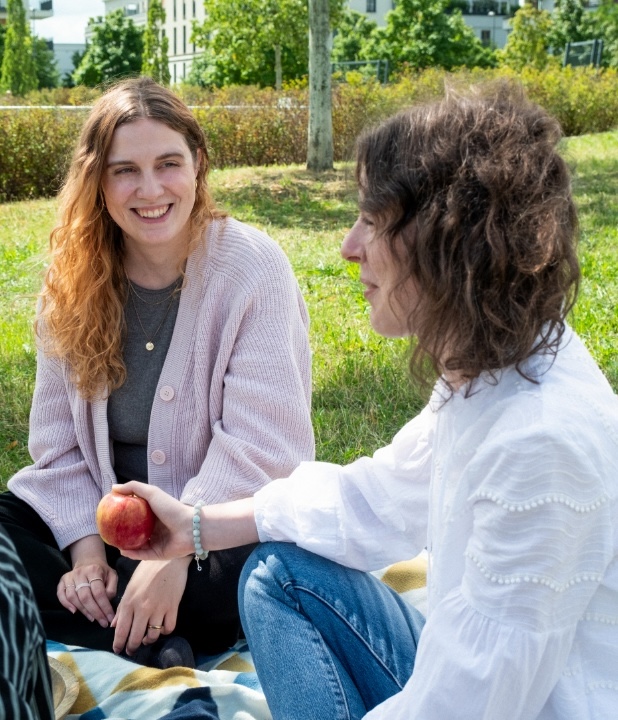
Flora also takes action to promote a cleaner environment: she joined a clean-up walk to collect litter in Frankfurt in Main.

People all over the world, not just in Frankfurt am Main, get together to clean up their cities. World Cleanup Day is held once a year, helping to make the world a cleaner place.
In 2024, more than 630,000 people took part in Germany alone.
The next collective clean-up will be happening on 20 September 2025. The date is even marked in the Journal of the United Nations. On this day, rubbish is collected in 211 countries - from Albania to Zimbabwe.
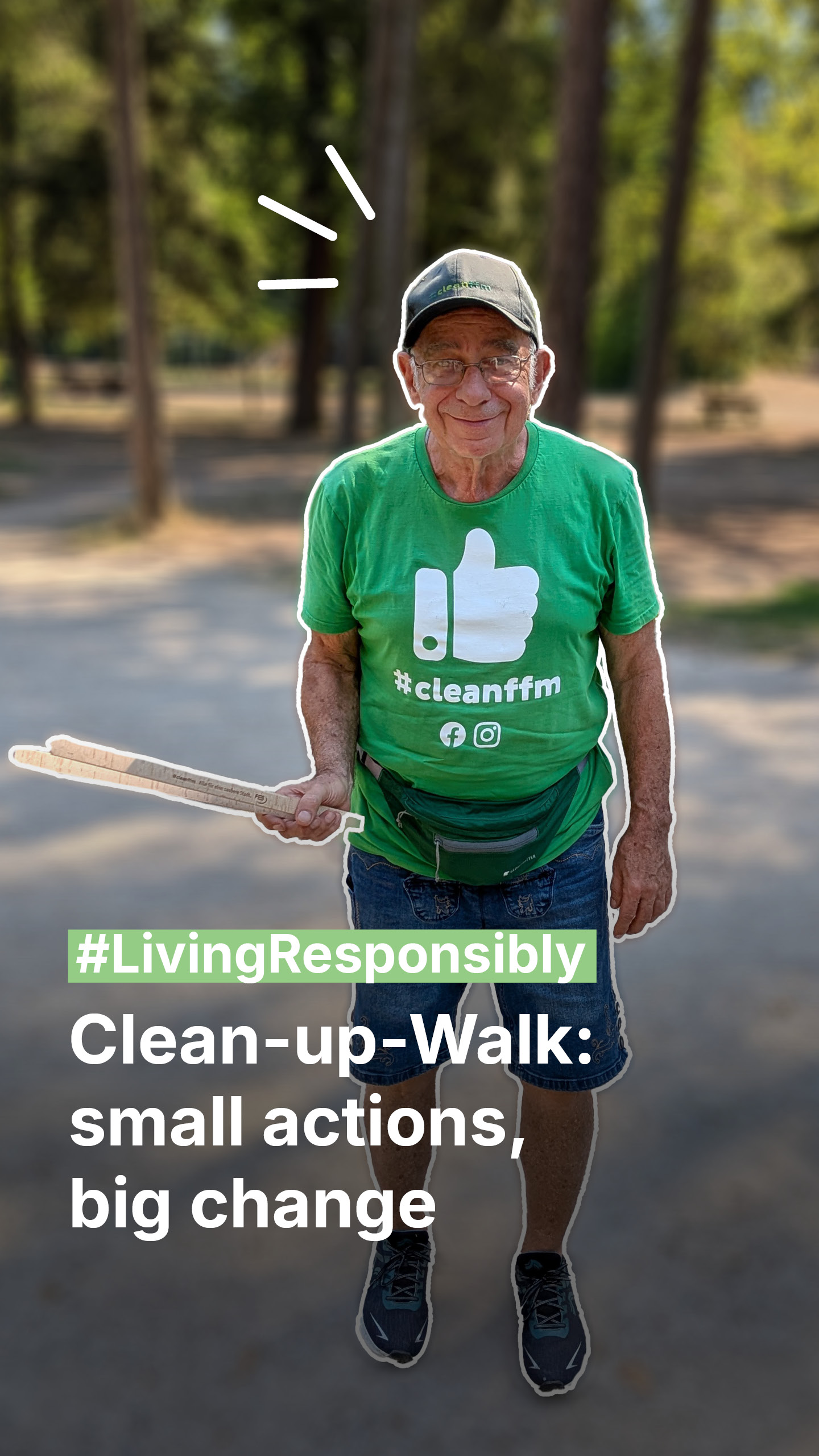
Thursday Recycling waste
After the clean-up walk, the rubbish needs to be separated for recycling! Many German households have four different bins: for organic waste, paper, packaging and residual waste.
Working out which bin to put what in requires some practice. I didn’t know at first that a used tissue goes in the residual waste bin, not the paper bin. It’s important to separate your rubbish so that it can be properly recycled.
In 2023, around 68.9% of plastic packaging was recycled in Germany.
This proportion is set to increase - though this will only be possible if packaging ends up in the right bin. If you’re still unsure about any of this, Stella and Christian will show you how to separate waste correctly in Germany.
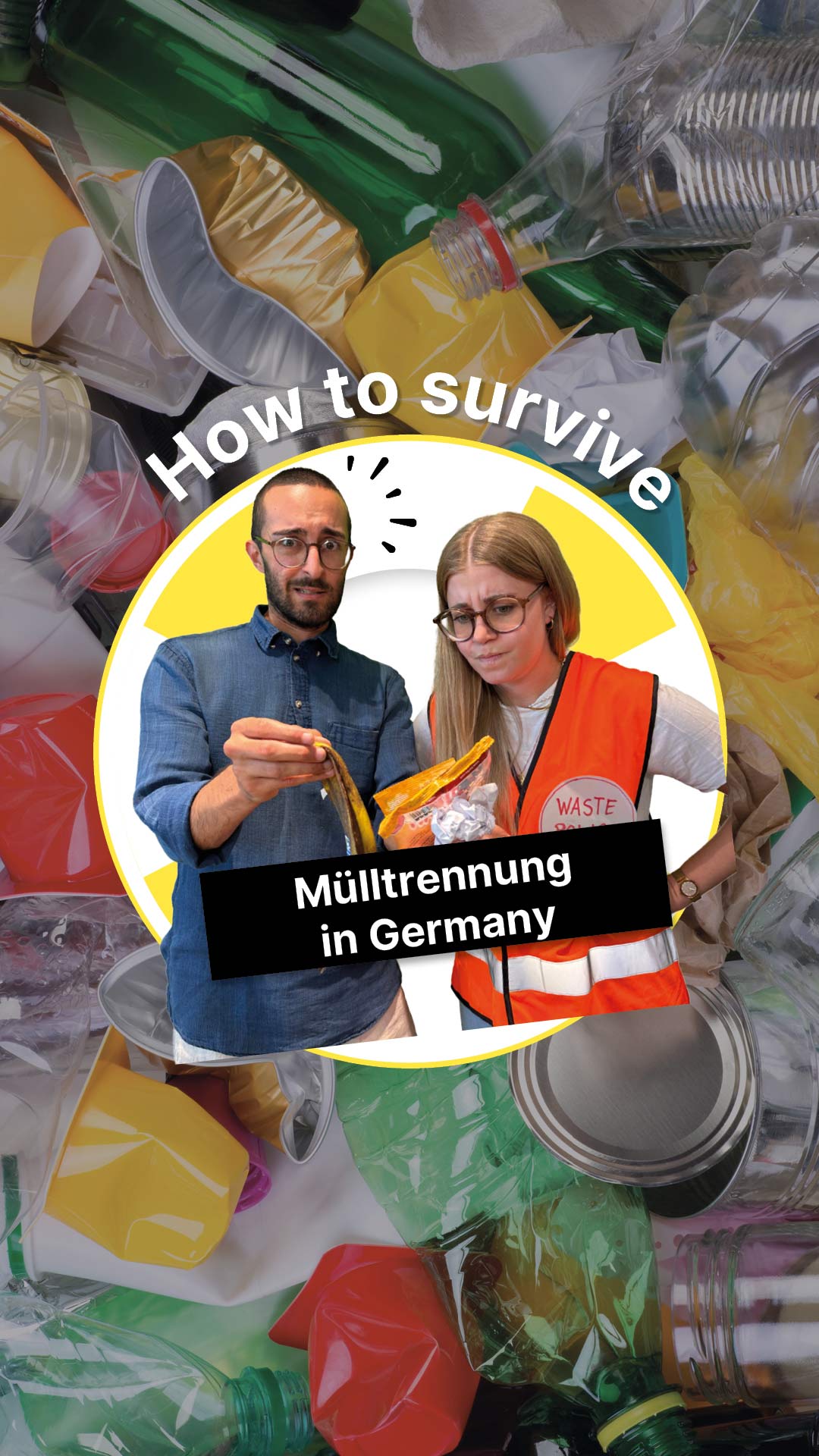
How well do you separate your waste? Put your knowledge to the test in our waste separation game.
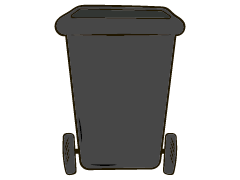
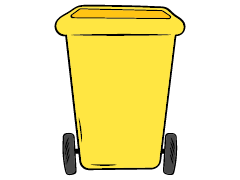
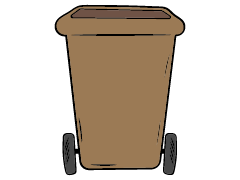
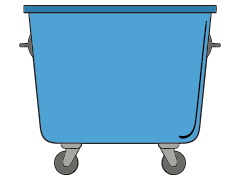
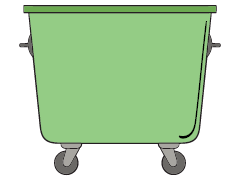
Friday Consciously exploring
the world
I’ve taken the day off today - so at last it’s the weekend for me! I’ve already laced up my hiking boots and am ready to walk the Schluchtensteig trail in the south of Germany. I’ve come here by train and have a sleeping bag and camping mat with me in my rucksack. I’ll be spending the night under the stars - on a campsite at Lake Schluchsee. Hiking and camping are popular in Germany:
in 2024, German campsites recorded 42.9 million overnight stays, and a network of hiking trails totalling more than 300,000 kilometres extends across the entire country.
This is a particularly sustainable way to enjoy Germany’s forests and meadows, deep gorges and high mountains. But remember always to leave nature unspoilt.
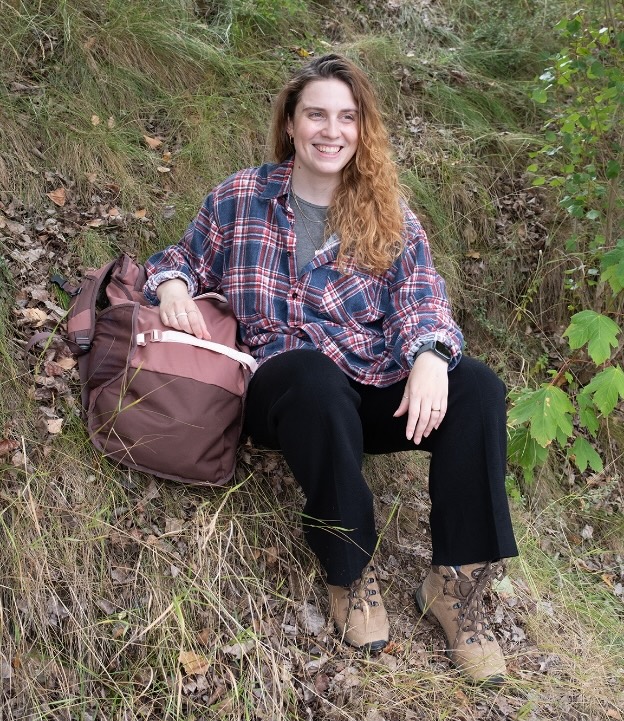
The most beautiful hiking trails in Germany
Saturday A garden for us
and nature
I’m going to put my feet up today and relax on my lounger in the garden. It’s one of my favourite places, with colourful flowers and vegetables all around me and the sound of birdsong in my ears.
Christian is dropping by shortly to show me how to make my garden even more sustainable - for example by planting flowers for bees and other insects or installing a composting system.
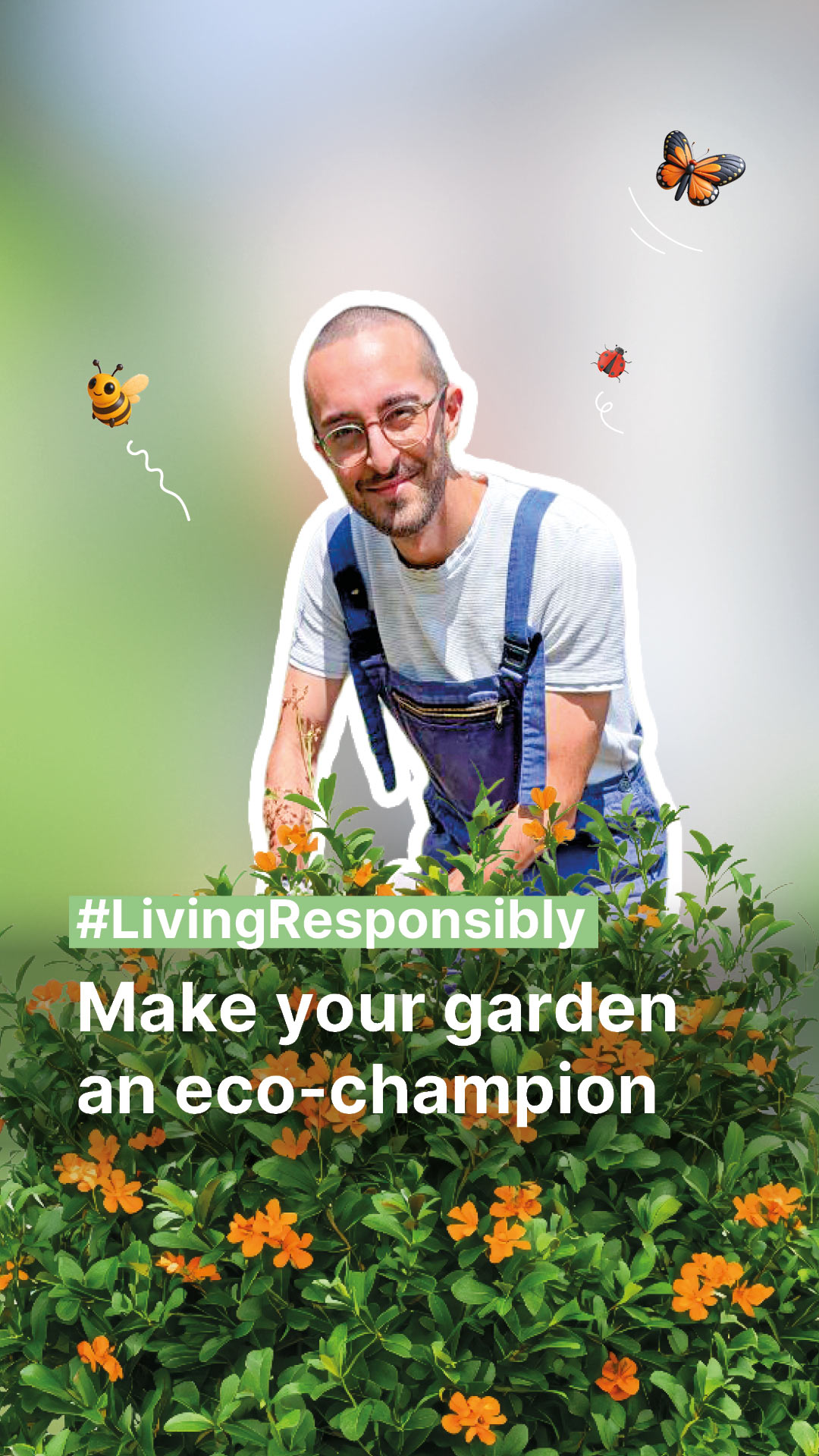
Sunday Enjoying food with
a clear conscience
Producing and transporting food accounts for around a third of the greenhouse gas emissions generated worldwide. Animal products are responsible for a large proportion of these emissions (69 percent). Vegetables have a significantly smaller impact on the climate, on the other hand. Sourcing our food from the local region is the most sustainable approach. A Frankfurt collective shows how this can be done.
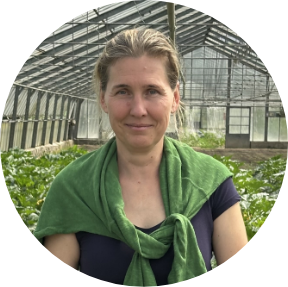 Carolin Munte, managing director of DIE KOOPERATIVE eG
Carolin Munte, managing director of DIE KOOPERATIVE eG“We want people to go back to seeing food as something special – and to understand that it doesn’t grow in supermarkets. We prioritise seasonal produce rather than a wide range of products on the shelves.”
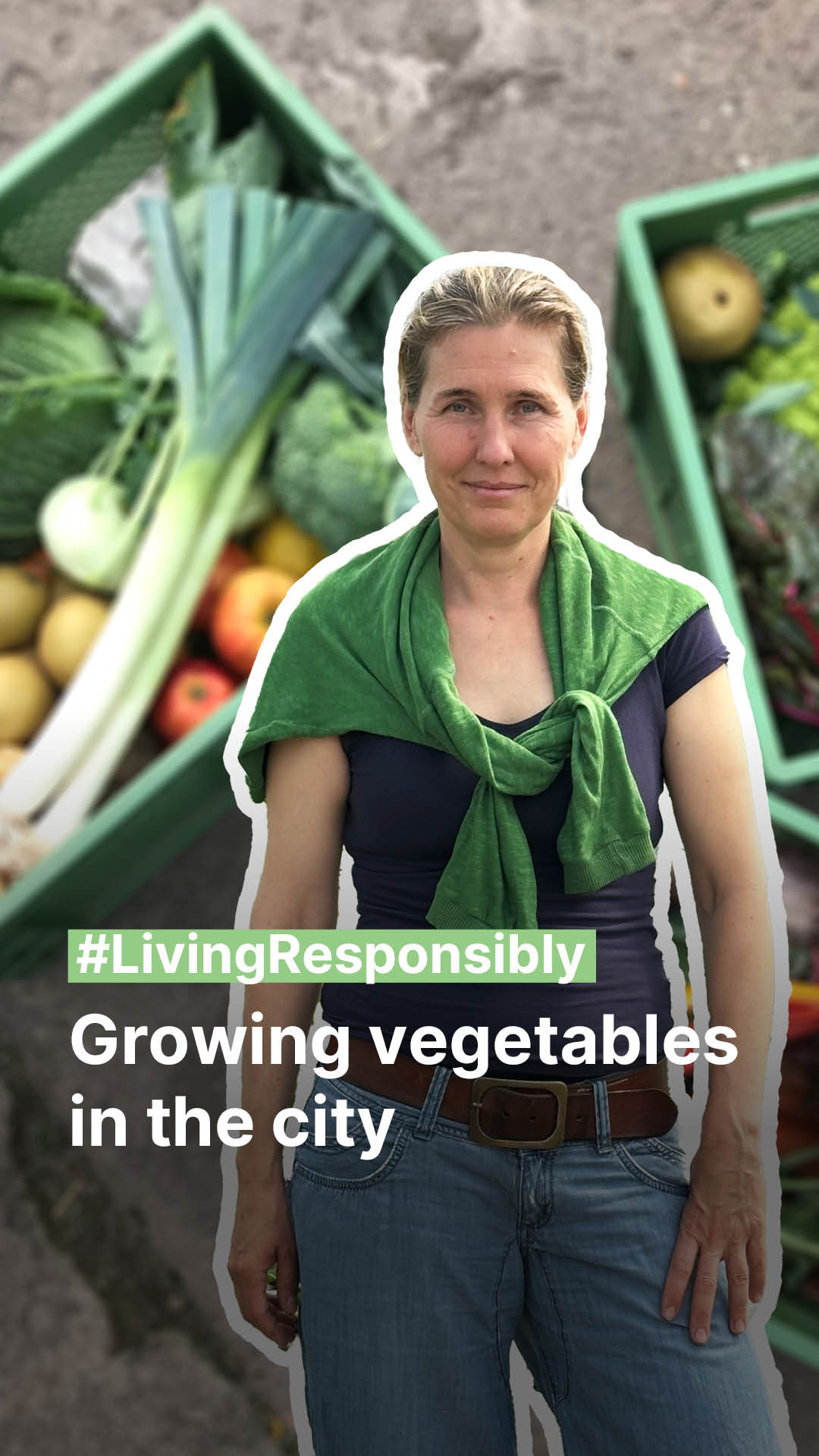
How sustainable is
my German breakfast?
Try this for a change
A week of sustainable living #LivingResponsibly
My conclusion: even small changes can have a big impact and help protect our environment. Sometimes it’s even a good way to save money - like when you don’t pay for an expensive flight or save on petrol by not taking the car. Obviously, a sustainable lifestyle will differ depending on where you live - but it’s certainly possible anywhere.
